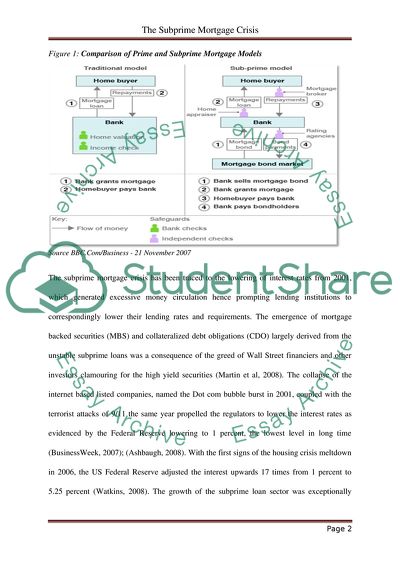Cite this document
(The Subprime Mortgage Crisis Research Paper Example | Topics and Well Written Essays - 5000 words, n.d.)
The Subprime Mortgage Crisis Research Paper Example | Topics and Well Written Essays - 5000 words. Retrieved from https://studentshare.org/macro-microeconomics/1730587-subprime-mortgage-crisis
The Subprime Mortgage Crisis Research Paper Example | Topics and Well Written Essays - 5000 words. Retrieved from https://studentshare.org/macro-microeconomics/1730587-subprime-mortgage-crisis
(The Subprime Mortgage Crisis Research Paper Example | Topics and Well Written Essays - 5000 Words)
The Subprime Mortgage Crisis Research Paper Example | Topics and Well Written Essays - 5000 Words. https://studentshare.org/macro-microeconomics/1730587-subprime-mortgage-crisis.
The Subprime Mortgage Crisis Research Paper Example | Topics and Well Written Essays - 5000 Words. https://studentshare.org/macro-microeconomics/1730587-subprime-mortgage-crisis.
“The Subprime Mortgage Crisis Research Paper Example | Topics and Well Written Essays - 5000 Words”, n.d. https://studentshare.org/macro-microeconomics/1730587-subprime-mortgage-crisis.


